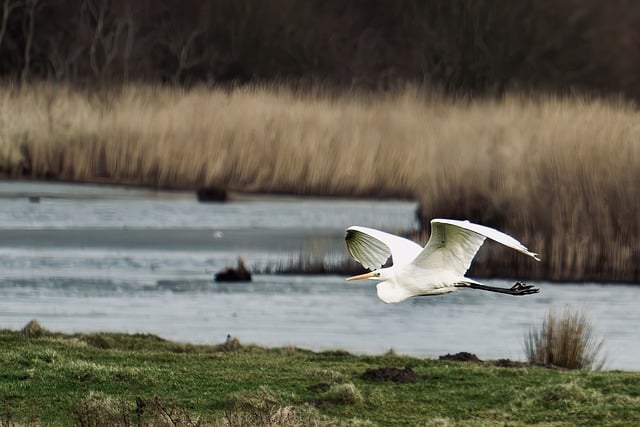Landscaping a small yard can be transformed into an artful blend of form and function through strategic design. By applying principles of landscape architecture and smart space utilization, even the most compact yards can become a tranquil retreat that extends the home's living space outdoors. A mix of plant heights, textures, and colors, thoughtfully placed pathways and seating areas, and vertical gardening elements like trellises and hanging planters all play a role in maximizing visual interest and usable space without overcrowding. Strategic lighting extends the enjoyment into the evening. Effective small yard landscaping involves selecting and placing plants and hardscaping thoughtfully to create a cohesive, aesthetically pleasing environment that is both functional and visually engaging. Utilizing native species, succulents, and xeriscaping principles promotes sustainability, water conservation, and low maintenance. Vertical spaces are optimized with climbing plants, garden walls, trellises, and hanging planters to enhance greenery and privacy while conserving space. These elements not only add depth and interest but also support biodiversity and can potentially increase property value. In essence, successful small yard landscaping is about creating a visually compelling and functional outdoor living space that leverages every square inch for both beauty and practicality.
discover the art of small-space gardening with our comprehensive guide on functional and aesthetic small yard plans. Learn how to maximize your outdoor area through strategic landscaping designs that enhance space and beauty. Our article delves into creating visual impact in compact spaces, offering inspiring aesthetic elements that make the most of every inch. Additionally, explore practical features such as seating and dining areas designed for limited spaces, ensuring every square foot serves a purpose. We’ll also guide you on incorporating low-maintenance plants into your miniature landscape for year-round interest with minimal effort. Lastly, elevate your small yard with vertical space utilization tips, including innovative garden walls that add both charm and functionality to your landscaping. Transform your small yard into a tranquil retreat that’s as beautiful as it is useful.
- Maximizing Space with Strategic Small Yard Landscaping Designs
- Creating Visual Impact: Aesthetic Elements for Compact Spaces
- Functional Features for Small Yards: From Seating to Dining Areas
- Incorporating Low-Maintenance Plants into Your Miniature Landscape
- Utilizing Vertical Space and Garden Walls in Small Yard Landscaping
Maximizing Space with Strategic Small Yard Landscaping Designs
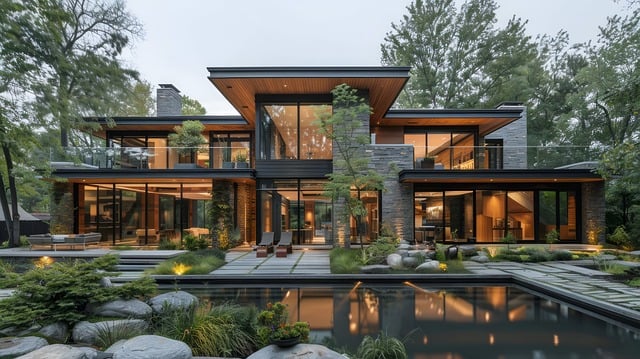
Engaging in strategic small yard landscaping can transform a cramped space into an oasis of tranquility and beauty. Homeowners often underestimate the potential of their compact yards; however, with thoughtful design and clever utilization of space, even the smallest of outdoor areas can become a functional extension of the home. Employing landscape architecture principles, one can create visual interest through varying plant heights, textures, and colors. Pathways and seating areas can be artfully integrated to navigate and enjoy the space without overcrowding it. The use of vertical gardening elements, such as trellises and hanging planters, maximizes the vertical space, allowing for a diverse array of plants that add greenery and dimension to the landscape. Strategic lighting can further enhance both the aesthetics and functionality, making the most of every square inch while providing ambiance for evening enjoyment.
Creating Visual Impact: Aesthetic Elements for Compact Spaces
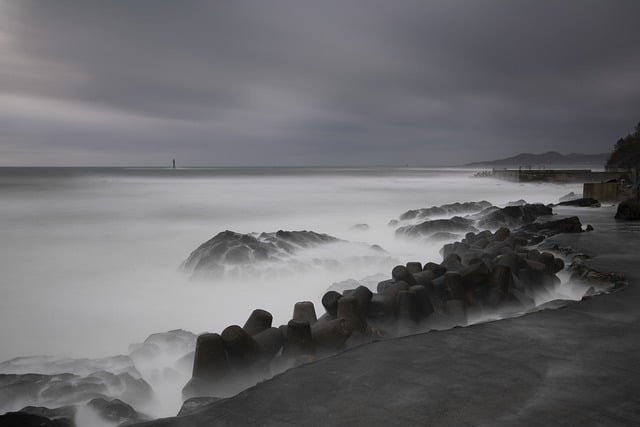
In crafting a visually striking small yard, strategic landscaping becomes pivotal in maximizing aesthetic appeal with minimal space. A well-thought-out palette of colors, textures, and plant varieties can create depth and interest. Consider a mix of tall grasses, flowering perennials, and low-lying shrubs to add vertical diversity, while repeating patterns or colors can tie the garden together, creating a cohesive and appealing landscape. The strategic placement of these elements can draw the eye through the space, making the most of every square foot. Additionally, incorporating hardscaping features like pathways, stepping stones, or even a small water feature can provide contrast to the greenery, adding a layer of sophistication to your compact outdoor oasis. These design choices not only enhance visual impact but also ensure that your small yard becomes a tranquil retreat, reflecting both functionality and beauty in its layout.
Functional Features for Small Yards: From Seating to Dining Areas
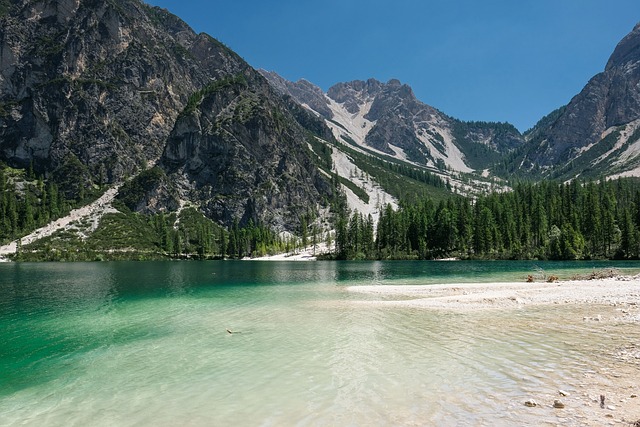
In crafting a small yard that serves both functional and aesthetic purposes, integrating seating and dining areas becomes paramount for homeowners who wish to extend their living space outdoors. Landscaping plays a crucial role in optimizing these spaces; smart design choices can transform limited areas into versatile hubs for relaxation and entertainment. Consider incorporating built-in benches or modular seating that tucks neatly under tables when not in use, maximizing the yard’s functionality without encroaching on valuable space. The choice of materials for furniture should complement the landscape while remaining durable and weather-resistant, ensuring a harmonious blend of form and function.
Dining areas within small yards benefit from similar considerations. Compact tables with extendable leaves allow for flexibility, adapting to both intimate meals for two or lively gatherings for a dozen. Landscaping can subtly delineate the dining area from other zones through the strategic placement of plants, creating a defined yet natural transition. The use of vertical gardens or climbing plants on trellises not only adds an aesthetic touch but also provides additional greenery that enhances air quality and privacy, making mealtimes a pleasant experience regardless of the yard’s size.
Incorporating Low-Maintenance Plants into Your Miniature Landscape

When designing a small yard with a focus on functionality and aesthetics, integrating low-maintenance plants into your landscape is crucial for maintaining a lush environment while preserving your time and energy. Opting for native plants and succulents not only enhances the visual appeal of your miniature landscape but also reduces the need for frequent watering and pruning. These plant choices are often better adapted to local conditions, ensuring they thrive with minimal intervention. Additionally, incorporating xeriscaping elements can further diminish upkeep, as these landscaping strategies prioritize water efficiency and plant selection for optimal growth in your region. This approach not only simplifies garden maintenance but also contributes to environmental sustainability by conserving water and promoting biodiversity.
Another key aspect of low-maintenance landscaping is the strategic arrangement of plants to create a visually compelling layout that complements the yard’s size. Utilizing vertical gardens or raised beds can maximize space while allowing for a diverse array of plant life. Ground covers, which prevent weed growth and require only occasional trimming, can serve as attractive fillers between larger plants or garden features. By thoughtfully combining these elements with hardscape components like stone paths or outdoor seating, your small yard can become a tranquil and inviting space that requires minimal upkeep. This careful planning ensures that your landscape is both easy to maintain and visually stunning, offering you ample time to enjoy the fruits of your well-designed garden.
Utilizing Vertical Space and Garden Walls in Small Yard Landscaping
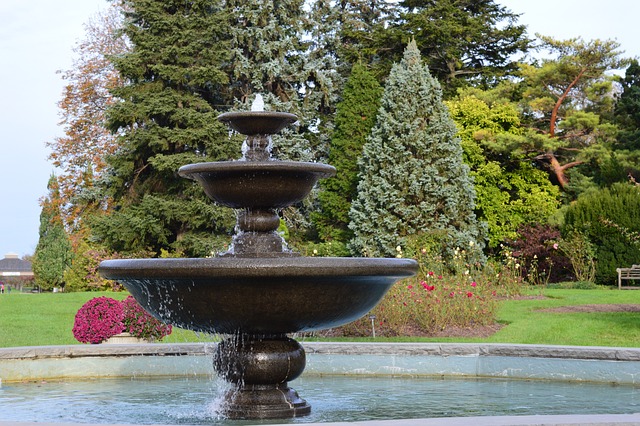
In small yard landscaping, optimizing vertical space and incorporating garden walls is a strategic approach to maximize both function and aesthetics. Climbing plants such as ivy or climbing roses can be trained to cover and enhance the visual appeal of garden walls, creating a lush backdrop that adds depth and interest to the yard without requiring extensive horizontal space. These vertical gardens not only serve as focal points but also provide a habitat for beneficial wildlife, contributing to biodiversity. Strategic placement of these plant structures can serve as natural screens or room dividers, offering privacy while maintaining an open feel.
Furthermore, utilizing vertical space through trellises, arbors, and hanging planters allows for a variety of edible and ornamental plants to be integrated into small spaces. For example, trained grapes on a trellis can offer both culinary delight and decorative charm. These architectural elements can be designed to blend seamlessly with the overall landscape, enhancing curb appeal and property value. The use of vertical landscaping elements also helps in directing visual flow, making smaller yards appear more expansive and inviting. This approach encourages a thoughtful layout that combines functionality with artistic expression, making every square foot of a small yard both productive and visually appealing.
Landscaping a small yard presents unique challenges and opportunities for creating both functional and visually appealing spaces. By thoughtfully integrating strategic designs, homeowners can maximize their yard’s potential. The selection of aesthetic elements tailored to compact areas ensures that even the smallest space can make a bold visual statement. Functional features such as seating and dining areas become more than mere additions; they are carefully planned elements that enhance the usability of the outdoor living area. Low-maintenance plants, carefully chosen for their scalability and resilience, complement these features without demanding excessive upkeep. Additionally, leveraging vertical space through garden walls not only adds depth to the landscape but also optimizes space utilization. In conclusion, with careful planning and thoughtful design, even the most modest yards can transform into delightful and practical outdoor sanctuaries, where both form and function thrive in harmony—truly showcasing the art of small yard landscaping.
